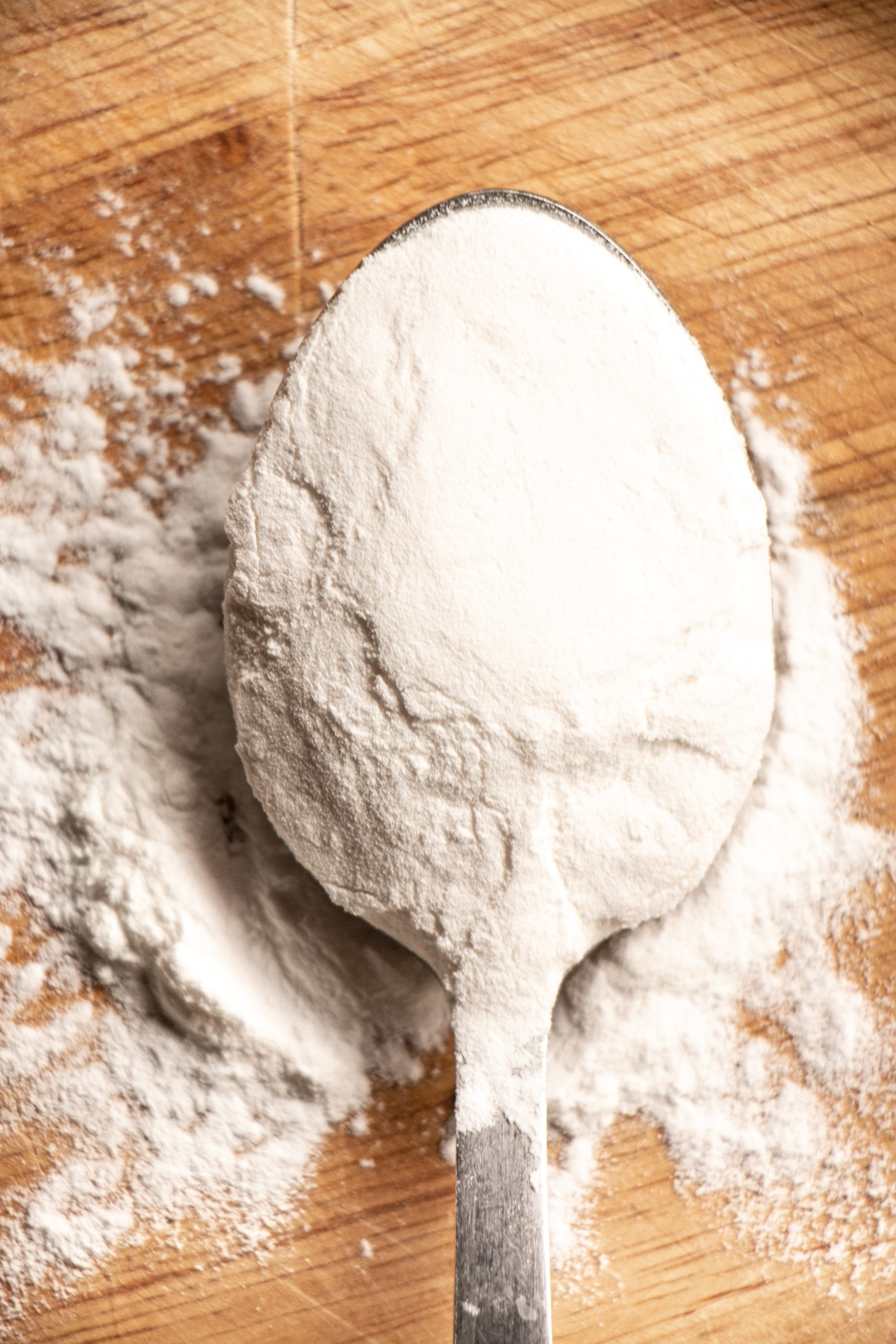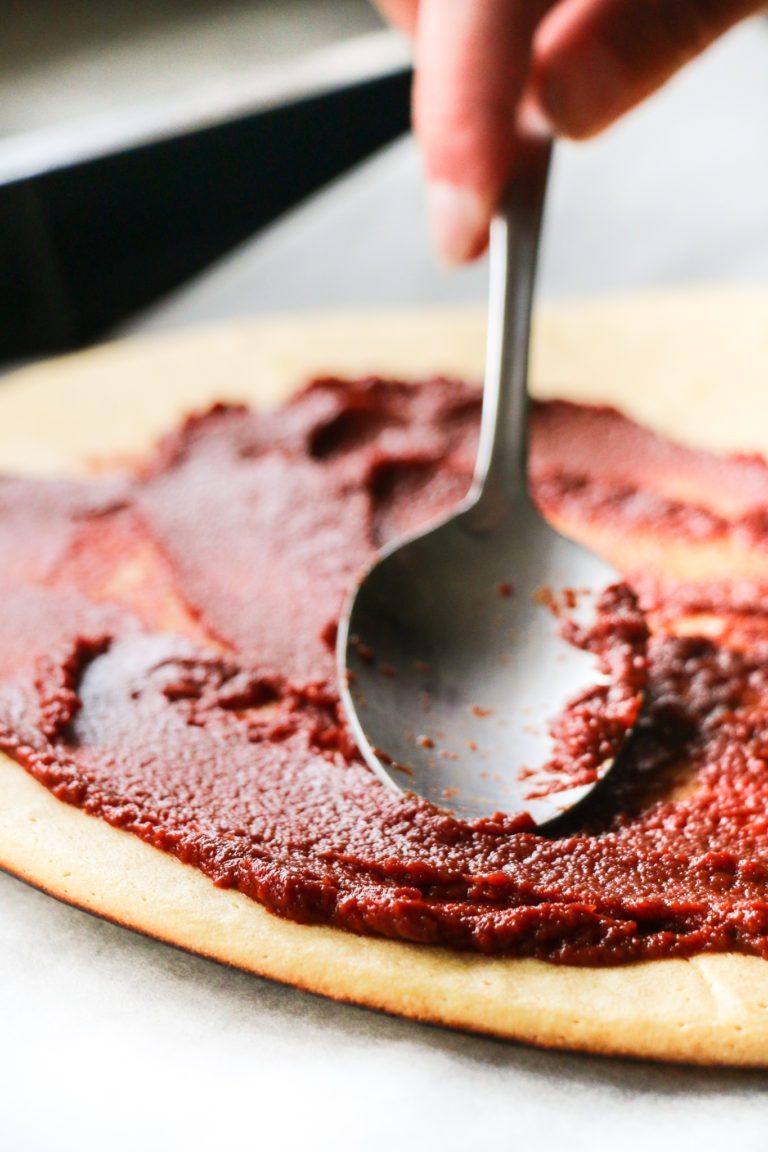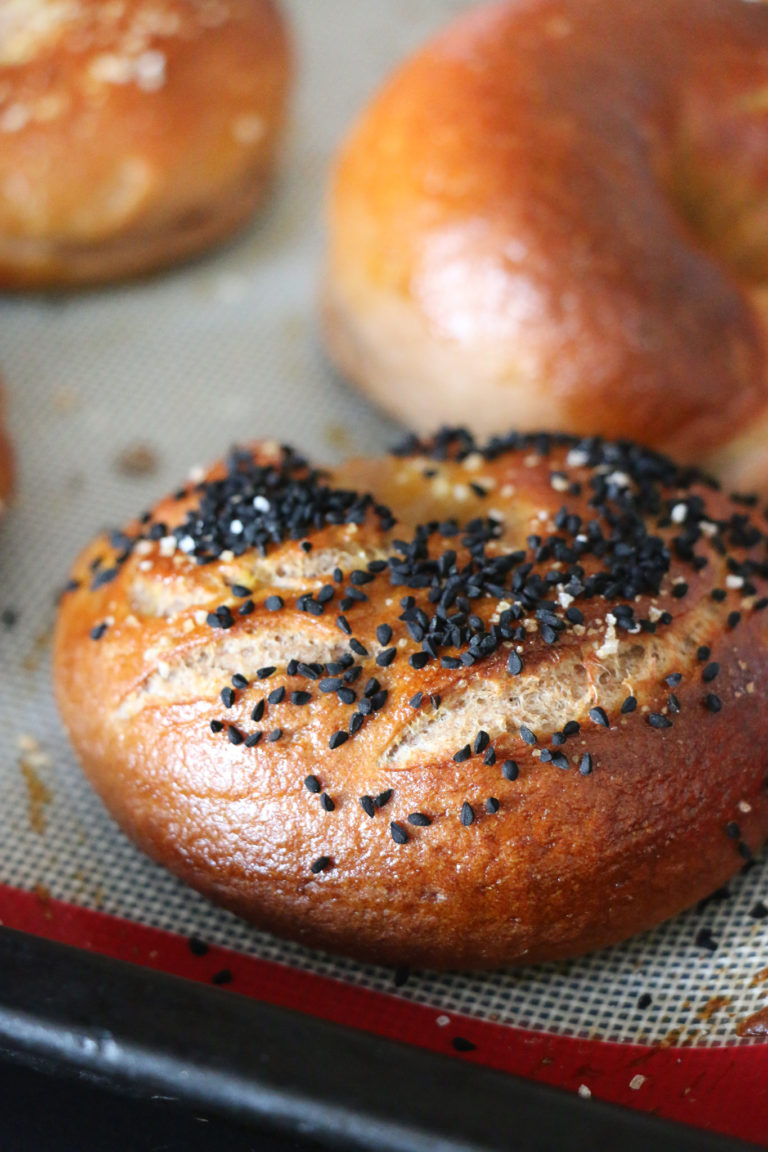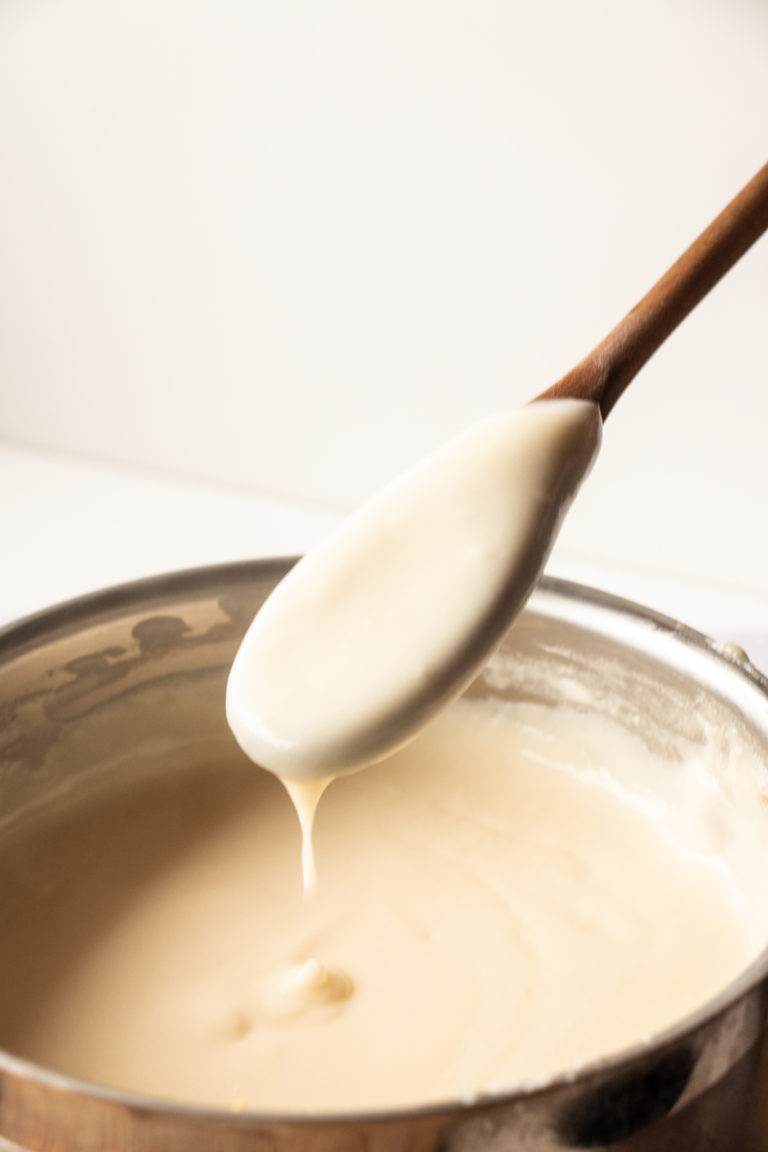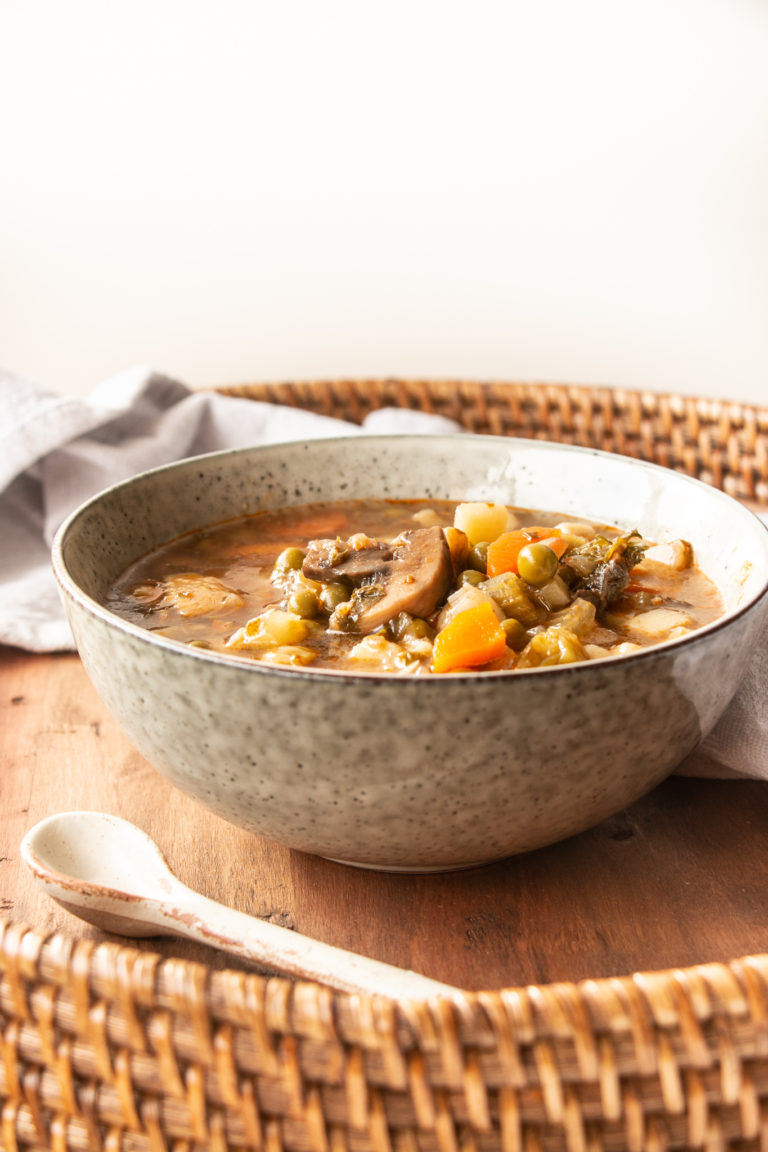Gluten-free flour is a great alternative if you have coeliac disease or want to try something different. They are great for making delicious meals!
Here I will talk about some of my favourite gluten-free flours and how to use them. So keep reading if you want to know how to use gluten-free flour!
1. Buckwheat flour

Buckwheat flour is milled from buckwheat seeds, a plant grown for its grain-like properties. It’s high in protein, fibre and iron, as well as a great source of manganese. Buckwheat actually belongs to the rhubarb family and is one of the few sources of plant protein that contains all 8 essential amino acids.
Something to keep in mind that buckwheat flour has quite a distinctive flavour. It took me a while to adjust to the buckwheat flavour but I now love it. This might not appeal to a lot of people but I recommend giving it some time before your taste buds adjust to the flavour.
You can make your own buckwheat flour by grinding up buckwheat groats in a spice grinder. However, buckwheat flour is quite accessible nowadays and buying it is definitely a good option. Also, if you’re looking for things to make with buckwheat flour? Take a look at these buckwheat pancakes which make for a great Sunday morning treat!
2. Chickpea flour
Chickpea flour is made from dry chickpeas, also known as garbanzo beans.Chickpea flour is naturally dense, with a stickier texture than all-purpose flour when added to liquids. Because of these traits, it makes a fantastic binder for baking or for dishes that need a little extra stability.
I use chickpea flour a lot and if you’re thinking of incorporating it into your life, have a look at my recipes. Chickpea flour is great for making breador snacks such as this chickpea flatbread and crispy garlic bites. I also often use it to replace eggs in recipes like in this eggless omelette and loaded vegetable frittata.
3. Brown rice flour
Brown Rice Flour is made from ground whole grain brown rice and has a mild, nutty flavour. It is a versatile gluten free flour as breading, for thickening sauces and gravies, and in gluten free baking recipes like brown rice flour pancakes, muffins and gluten free bread.
4. Tapioca starch
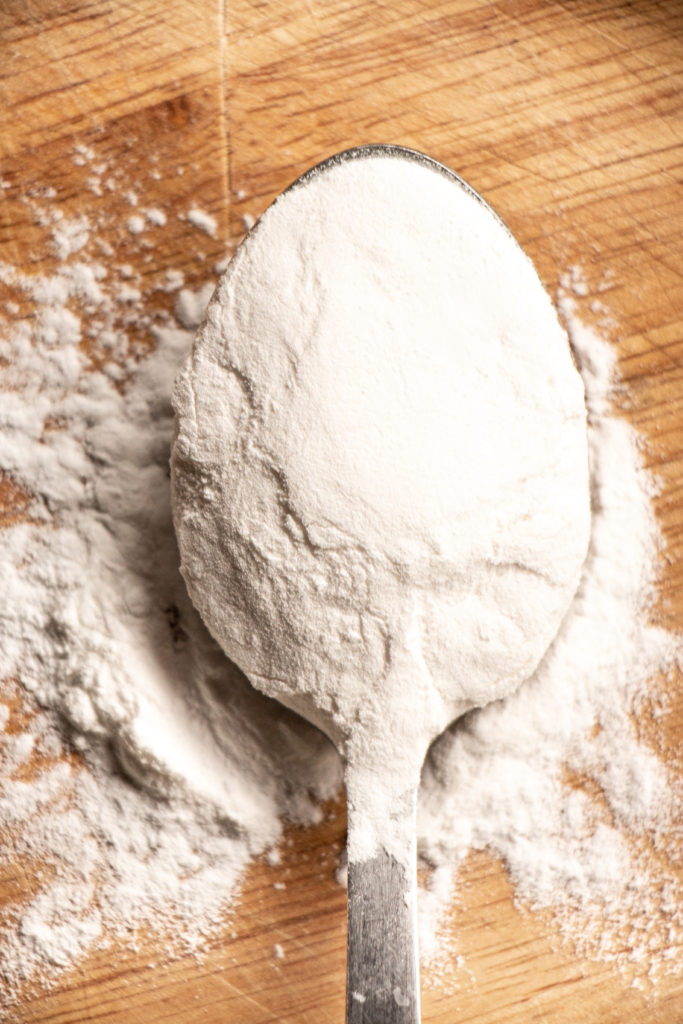
Technically this isn’t a flour but it’s certainly a great gluten-free alternative to regular flour. Tapioca starch is made from the crushed pulp of the cassava root, a woody shrub native to South America and the Caribbean. Like other starches, tapioca flour is a very fine, white powder that works well in gluten free baking.
I started using tapioca starch in the last 2 years. Similar to other starches such as corn starch and potato starch, it is a great thickener for sauces. I use it for making sauces for Asian dishes such as this garlic ginger bok choy. You might also like this crispy garlic bites which make a great snack or side dish to share with your friends or family.
Easy Gluten-Free Flour Mix
An easy gluten free flour mix that I’ve found works for me is made up of three flours;
- Brown rice flour
- Chickpea flour
- Tapioca starch
I use a 2:1:1 ratio. For example, to make 1 cup of flour, mix 1/2 cup brown rice flour, 1/4 is chickpea flour and 1/4 cup of tapioca starch. This ratio and combination of gluten-free flours works really well for me!

